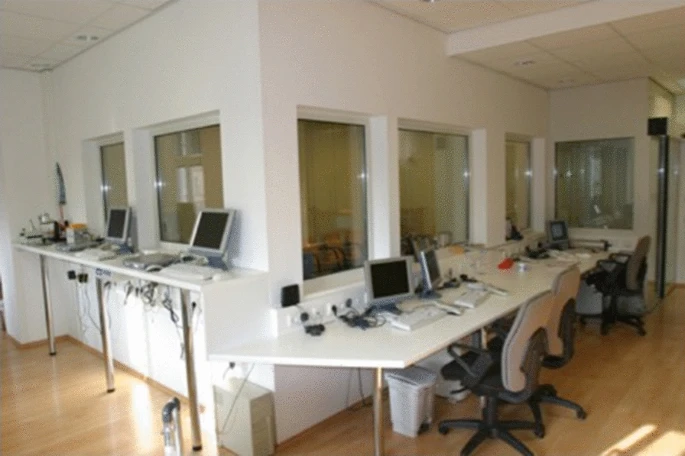2020-2021 InterAsma Webinars
The webinars are one-hour monthly educational events offered monthly from September to June each year. They will be held at 16h00 (UTC+2) (10h00 EST- UTC-4) generally on Thursday of the 3rd or 4th week of the month). An expert will discuss an important topic related to asthma and co-morbid conditions.
Free registration for InterAsma members (Become a member now)
Registration for non-members: € 40 https://interasma.org/2020-2021-interasma-webinars-registration/
Webinars
24 September 2020 Pr Louis-P. Boulet: Overview of GINA 2020
29 October 2020 Dr Daniel J Jackson: Update on COVID, asthma and related diseases
26 November 2020 Dr Lawrence DuBuske: Eosinophilic Asthma
17 December 2020 Pr Jean Bousquet: Treatment of rhinitis – the ARIA program
21 January 2021 Pr Paul O’Byrne: Management of mild asthma
25 February 2001 Pr G. Walter Canonica: Update on severe asthma – new developments
25 March 2021 Pr Pascal Chanez: Inhaled and oral corticosteroids in asthma
22 April 2021 Pr Jonathan Bernstein: Environmental and workplace influences on asthma
27 May 2021 Pr Fulvio Braido: Perception of severe asthma and its treatment by Clinicians
Future conferences:
Pr Ignacio Ansotegui Allergy and airways- evaluation and treatments
Pr Carlos Nunes Epidemiology of asthma: global prevalence and consequences
https://interasma.org/2020-2021-interasma-webinars-registration/
